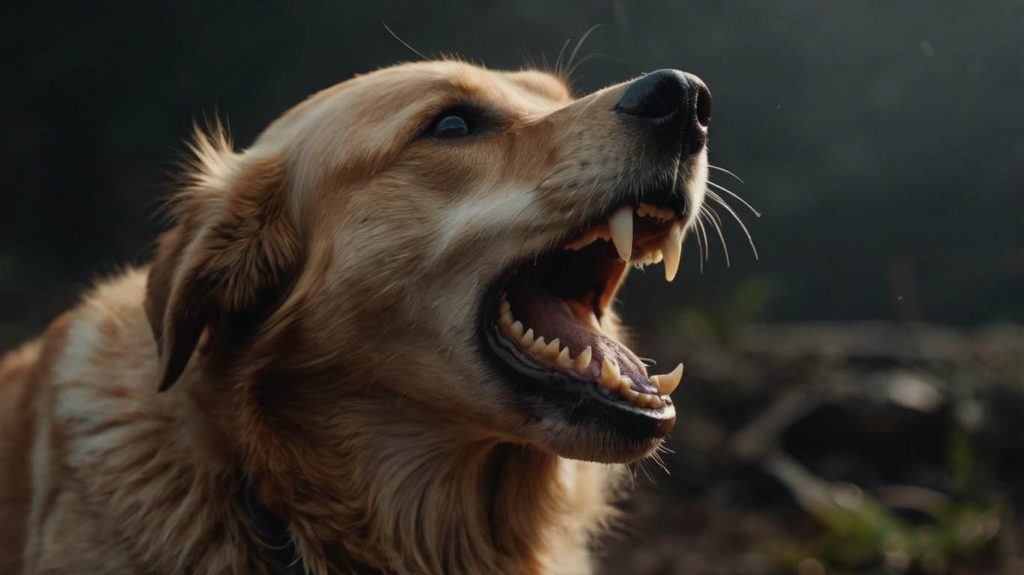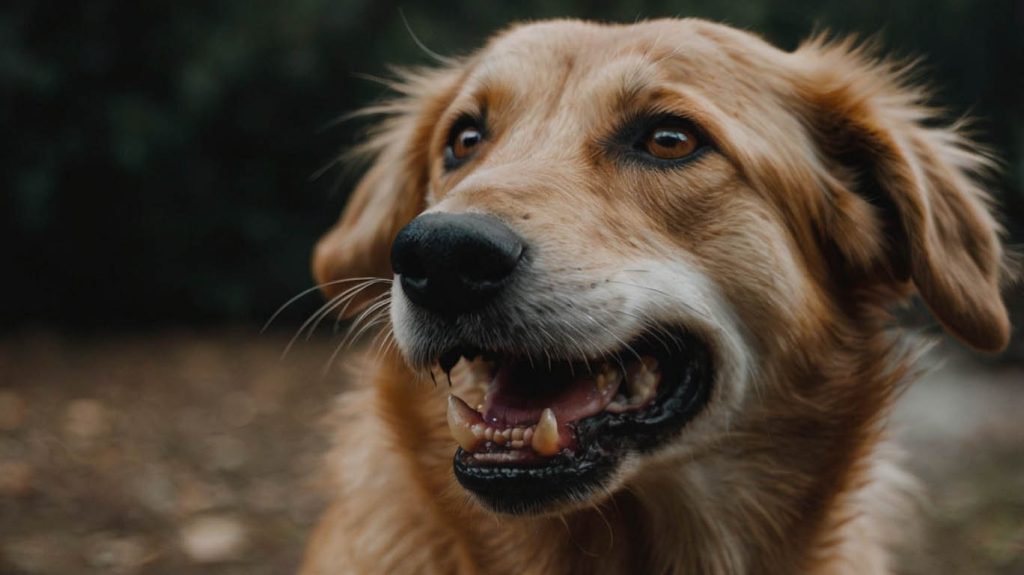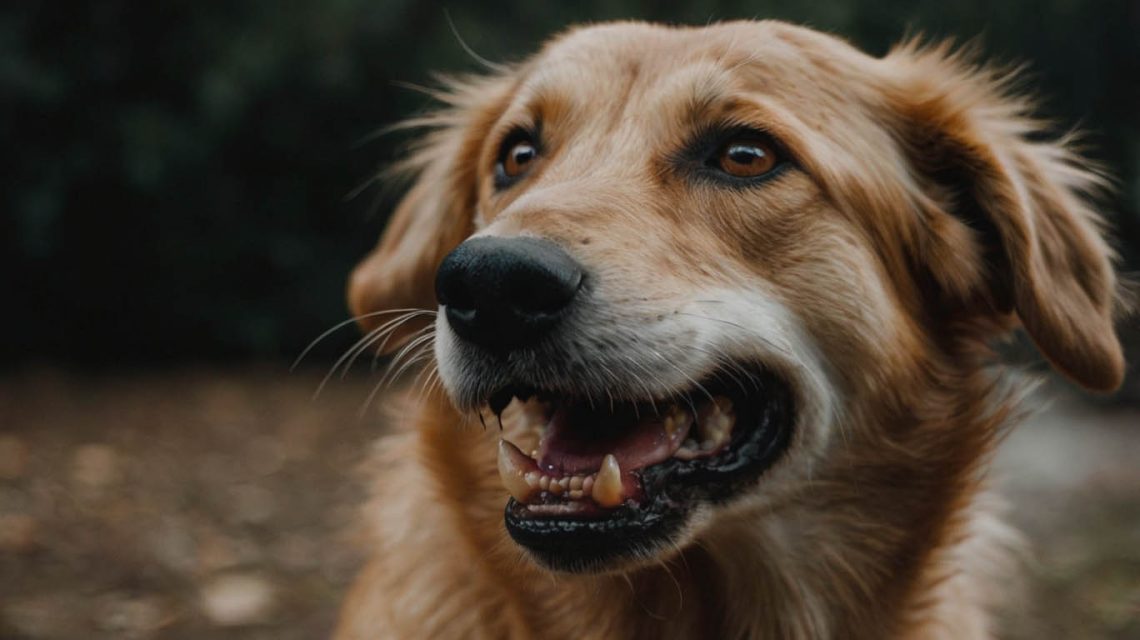How to Deal with Dog Growling Showing Teeth: A Responsible Owner’s Safety Guide
It’s a moment that freezes you in place. You reach for your dog’s favorite toy, or perhaps you get too close to their food bowl. In an instant, the loving companion you know disappears. Their body goes stiff, a low, guttural growl rumbles from their chest, and their lip curls back to reveal a flash of white teeth. Your heart plummets. In that split second, your home feels unsafe, and your relationship with your dog feels fractured. Consequently, you are left shaken and confused, asking one of the most frightening questions a dog owner can face: how to deal with dog growling showing teeth?
If you are experiencing this, it is essential to understand you are not alone, and your feelings of fear and confusion are valid. However, it’s equally important to know that your dog is not being “bad” or “dominant.” They are communicating. In fact, they are giving you a critical piece of information. Therefore, this guide is designed to help you decode that message, act safely, and create a responsible plan to address the root cause of this very serious behavior.
The Most Important Thing to Understand About a Dog Growling Showing Teeth
Before you do anything else, you must reframe what a growl is. Our human instinct is to see it as a threat that needs to be silenced. In the world of dog communication, however, a growl is a warning. It is a clear, loud, and unmistakable signal that your dog is extremely uncomfortable, stressed, or frightened.

What a Growl Really Is: A Crucial Warning Signal
Think of a growl as your dog shouting, “Stop! I am not okay with this! Please back away!” It is the step before a bite. A dog who growls is trying to use their words to de-escalate a situation and avoid physical conflict. The moment you understand that a growl is communication, not malice, your entire approach will change. This is the foundation of learning how to deal with dog growling showing teeth.
What to Do in the Moment: Your Immediate Safety Protocol
When your dog growls and shows their teeth, your immediate response is critical for everyone’s safety.
- STOP and FREEZE. Immediately stop what you are doing. Do not make any sudden movements.
- DO NOT Punish. Do not yell, scold, hit, or “correct” your dog. This will only escalate their fear and anxiety, potentially pushing them over the edge to a bite.
- CREATE SPACE. Calmly and slowly back away. Do not turn your back on the dog. Move sideways or backward until you are at a safe distance and the dog visibly relaxes.
- Give Them an Exit. Ensure the dog does not feel cornered and has a clear path to leave the situation if they choose.
Your goal in the moment is de-escalation, not confrontation.
Uncovering the “Why”: Common Reasons for a Dog Growling Showing Teeth
Aggression is a symptom of an underlying problem. To address it, you must understand the cause.
Pain or Illness: A Common Cause of Sudden Aggression
This should always be your first consideration, especially if the behavior is new. A dog in pain from an undiagnosed condition like arthritis, a dental abscess, an injury, or a neurological issue may growl or snap when touched or approached. They are not being mean; they are protecting a sore body part. A vet visit is non-negotiable.
Fear and Anxiety: The Leading Cause of Dog Aggression
The vast majority of aggression cases are rooted in fear. A dog who feels threatened or trapped will use growling as a defensive measure to make the scary thing (a person, another animal, a loud object) go away. This is especially common in dogs who were not properly socialized or who have had traumatic experiences in their past.
Resource Guarding: “This is Mine!”
This is an instinctual behavior where a dog uses aggressive displays to protect a high-value resource. This can be anything they deem important:
- Food bowls or treats
- Toys or bones
- Their bed or crate
- A specific location (like the sofa)
- Even their favorite person
Resource guarding is a very common reason for a dog growling showing teeth.

How to Deal with Dog Growling Showing Teeth: A Proactive Management Plan
While you work toward a long-term solution with a professional, your immediate job is management. This means changing the environment to prevent the dog from feeling the need to growl in the first place.
Management and Prevention: Your First Line of Defense
- For Resource Guarding: If your dog guards their food, feed them in a separate, quiet room where they can eat in peace. Do not approach them while they are eating. If they guard toys, teach a “trade up” game where you offer them a super high-value treat in exchange for the toy.
- For Fear/Territorial Issues: If your dog growls at visitors, use baby gates or a crate to securely manage them in another room before guests arrive.
- Learn Your Dog’s Body Language: A growl is often not the first signal. Learn to recognize earlier signs of stress, such as lip licking, yawning when not tired, a “whale eye” (showing the whites of their eyes), a stiff body, or a tucked tail. Recognizing these signs allows you to intervene before your dog feels the need to escalate.
The Biggest Mistake: Why You Must Never Punish a Dog Growling Showing Teeth
This is so important it needs its own section. If you punish a dog for growling, you are taking away their warning signal.
Think about it this way: You have taught your dog that warning you he is uncomfortable results in him being punished. He will learn to stop growling. However, you have done nothing to change the underlying emotion (the fear, the pain). Now, you have a dog who goes from feeling uncomfortable straight to a bite, with no audible warning in between. This is how people get “bitten out of nowhere.” A dog who growls is giving you a gift of information. Do not punish them for it. This is the most crucial lesson in how to deal with dog growling showing teeth.
The Necessary Next Step: When to Call a Professional
Dealing with aggression is not a do-it-yourself project. The risks are too high. Once you have implemented immediate safety and management protocols, you must seek professional help.
Finding the Right Help for a Dog Growling Showing Teeth
The dog training industry is unregulated, so it’s vital you choose a qualified expert.
- Veterinary Behaviorist (DACVB): This is a veterinarian who has completed extensive, specialized training in animal behavior. They are the top experts for aggression cases and can diagnose and treat both medical and behavioral issues, including prescribing medication if needed.
- Certified Applied Animal Behaviorist (CAAB): A professional with a Master’s or Ph.D. in animal behavior.
- Certified Professional Dog Trainer (CPDT-KA, KPA CTP): Look for a certified trainer who uses positive reinforcement methods and has specific, verifiable experience with aggression cases. Ask them directly how to deal with dog growling showing teeth. Their answer should revolve around management and changing the dog’s underlying emotional state, not punishment.
A Path Forward: There is Hope
Living with a dog who has shown aggression is a serious and stressful situation. But it is manageable. With a strong commitment to safety, a better understanding of your dog’s communication, and the expert guidance of a qualified professional, you can create a plan that keeps everyone safe and gives your dog a happy, low-stress life.
For the safety of our community, we cannot provide specific training advice for aggression in the comments. Your first and most important step should always be to contact your veterinarian and a certified behavioral professional. You are taking the right step by seeking information.


